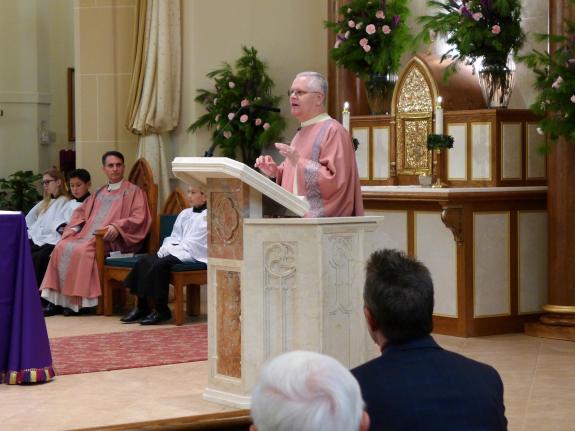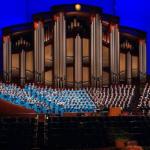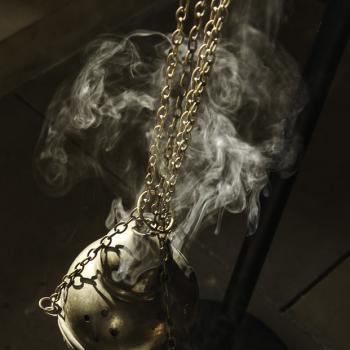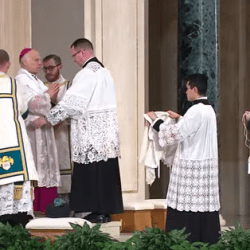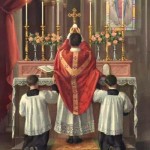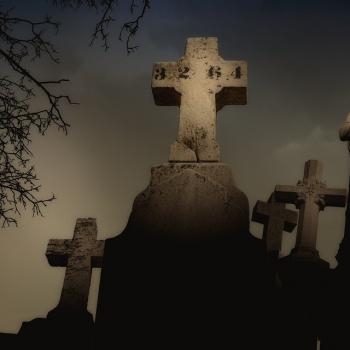It’s time, once again, for puttin’ on the pink (or rose):
The day’s theme comes from the entrance antiphon reflecting on Isaiah 66:10-11: “Rejoice, Jerusalem, and all who love her. Be joyful, all who were in mourning; exalt and be satisfied at her consoling breast.”
Laetare is the first word — meaning “rejoice” — in the Latin text. On Laetare Sunday (as similarly with the Third Sunday of Advent’s Gaudete Sunday) the Church expresses hope and joy in the midst of our Lenten fasts and penances. Call it pink — or, more fittingly, rose — this change in color indicates a glimpse of the joy that awaits us at Easter, just before we enter into the somber days of Passiontide.
The joy of Easter being around the corner is symbolized in a few other interesting liturgical possibilities. During Lent, the General Instruction of the Roman Missal forbids flowers adorning the altar. But on Laetare Sunday (as well as solemnities and feasts within the season), there’s a temporary halt to these penitential observations! I remember well decking out the altar with pink roses on that day when I was once a parish liturgy director.
At one time, marriages were generally forbidden during Lent, but Laetare Sunday was often associated as a day when marriages could be celebrated during the penitential season. While marriages are now only forbidden on Good Friday and Holy Saturday, Laetare Sunday is still a fitting day for those wishing to be married before Eastertide.
I posted some deeper thoughts on this from Brother Hyacinth Marie Cordell a few years ago:
To understand the meaning of rose, we first need to be aware of a certain liturgical principle, here expressed in the words of Dr. Pius Parsch:
“Nature’s annual cycle is characterized by two phenomena, light and life. Out of the darkness of night comes light; out of death comes life. The transition from night to light characterizes the winter season; the transition from death to life is proper to summertime. The holy year of the Church is likewise divided into two phases which have similar characteristics.”
In other words, nature and the mysteries of our salvation coincide. The dark color of violet in Advent harmonizes well with the diminishing sunlight late in the year, and in Lent with the silence of life through Winter leading up to Spring. In both cases, we see a parallel. Just as darkness gives place to light at the turn of the Winter Solstice and death to life at the beginning of Spring, so the violet of Advent gives place to the bright white of Christmas joy, and of Lent to the brightness of Easter life. “But wouldn’t black be more appropriate as a color of darkness and death?” someone might wonder. Ah, here again we encounter the Church’s wisdom! Black is the absence of all color and light. But as “children of the light,” we are never in complete darkness. “The light shines in the darkness, and the darkness has not overcome it.”

